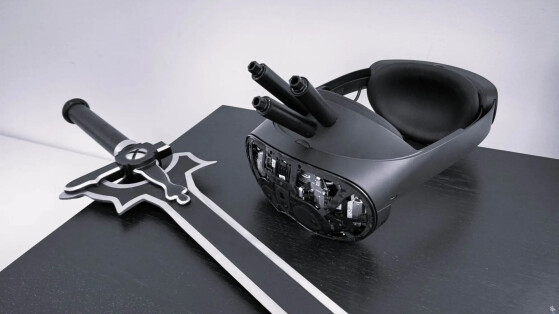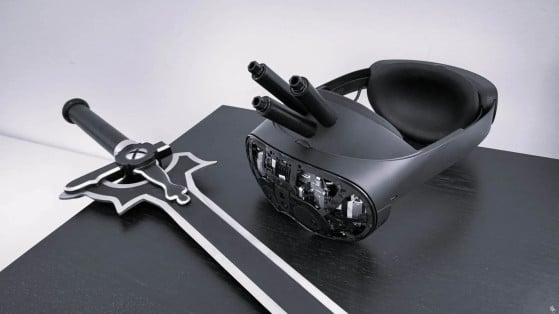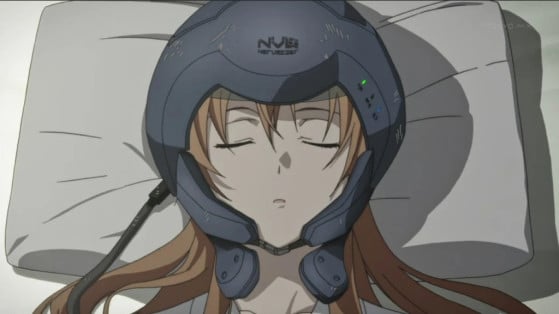The concept of locking players in-game one way or another and making in-game death real death has been popular for decades. Tron immediately comes to mind for moviegoers and older folks. And it has been taken up in many forms since. But whether you like Sword Art Online or not, it's hard to deny that this Japanese work has had a huge influence on the scene, to the point of becoming the example that immediately comes to mind when you think of a video game. deadly.
SAO and the promotion of VR in anime
The web novel behind Sword Art Online (SAO) is nearly two decades old, and the anime celebrated its tenth birthday this year. What makes SAO special is probably the fact that it came at exactly the right time. With good direction, it rode the end of the wave of MMO popularity, when anime really started to hit a wider audience. He was also one of the first to respond to the growing demand for the Isekai genre, which we are still fed ad nauseam with each new anime season. Although ironically, there is some debate over whether he is indeed an Isekai, or not. The anime has had four seasons and a movie since, as well as a plethora of merchandise, including video games as of this writing. It has also contributed to a renewed interest in VR headsets, to the point of making Japan the second largest market for Oculus.
Going back to its history, SAO players equip a neural connection headset, the NerveGear, which works quite differently from current virtual reality headsets. The author of SAO may have hoped that the technology would be quite mature within 20 years, but he obviously overestimated the speed at which it would progress. Rather than displaying a screen in front of the player's eyes, these headsets use different types of waves to communicate directly with the brain, allowing it to truly give the impression of living completely in game, with total freedom and all his senses. It is the absolute fantasy of all gamers, especially those interested in VR. Of course, it takes a certain amount of drama, and the local mad scientist, who developed this headset, quickly reveals to players that they can't disconnect, and that if they die in game, the headset will emit an electric current and microwaves that will fry their brains. The same applies if someone tries to remove the helmet, or cut the power for an extended period.
More details on the deadly VR headset
As Palmer Luckey humorously points out in his blog , the good news is that the technology is halfway to replicating this fantastic technology, since the part that will kill you in the real world is ready. Palmer admits that he was not able to hide instantly lethal microwave emitters in his helmets, but for lack of anything better, he fell back on a tried and tested method: 3 explosive charges attached to the front of the helmet , are connected to a photosensitive receiver which detects when the player's screen is displayed on the screen, which causes the charges, and therefore the loser's head, to explode. He is pleased that it was very easy to put together, in terms of development.
He is now working on refining the system, to incorporate a security system, to ensure that it is impossible to destroy the helmet or remove it to save the player, much like the original NerveGear. He admits, however, that he has not found the courage to test the helmet for the moment, in order to ensure that everything is working correctly. He is nevertheless satisfied to have created the first real VR device, capable of killing its user. Where things take a darker turn, worthy of a Black Mirror episode, is that he fears this won't be the last VR headset of its kind, and that reality could end up joining fiction.






